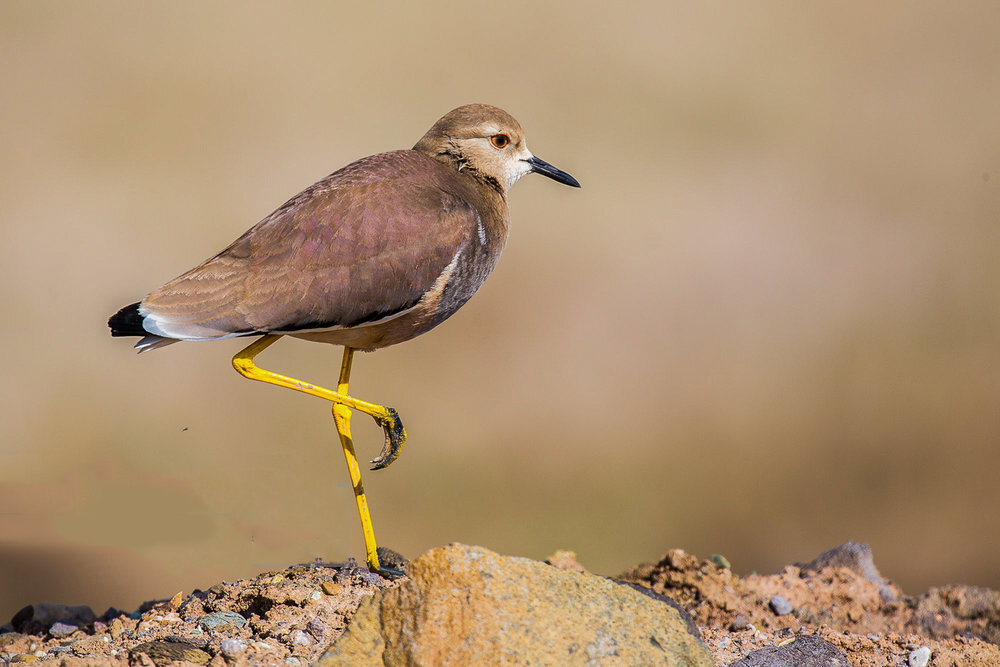World Migratory Bird Day: habitat destruction posing threats to the species

TEHRAN — Unsustainable development leading to habitat destruction is one of the major threats to migratory birds, Masoud Hosseini, an official with Iran’s Department of Environment has said.
He made the remarks on the occasion of the World Migratory Bird Day. The day is observed annually on May 11. World Migratory Bird Day 2019 is being marked under the theme “Protect Birds: Be the Solution to Plastic Pollution”.
Water birds [also known as waterbird or aquatic bird, a term used to refer to birds that live on or around water] normally migrate from one habitat to another to find stable food supplies and breed, Hosseini said, adding that the animals might fly for hundreds of kilometers to find the suitable habitat.
Bird migration is the regular seasonal movement, often north and south along a flyway, between breeding and wintering grounds. Many species of bird migrate. Migration carries high costs in predation and mortality, including from hunting by humans, and is driven primarily by availability of food.
Unfortunately, unsustainable development in the country has resulted in habitat fragmentation posing a serious threat to the migratory birds, he warned.
Anthropogenic disturbance such as agricultural expansion has resulted in dramatic global habitat loss and fragmentation.
Migratory birds wing their ways to their habitats and see that the area is either dried out, turned into a farming land, or an oil facility, he regretted.
Moreover, poaching, overgrazing, and long-standing drought spells have also impacted habitat destruction, ISNA news agency quoted him as saying on Friday.
Human activities can speed up climate change which would negatively impact migratory birds and their habitats and it ultimately results in their total extinction, he lamented.
Hosseini went on to say that Dalmatian pelican, Siberian crane, lesser white-fronted goose, and white-headed duck are among the endangered migratory birds which migrate to Iran.
World Migratory Bird Day
World Migratory Bird Day is celebrated each year to highlight the need for the conservation of migratory birds and their habitats.
According to the UN Environment website on World Migratory Bird Day, celebrated on 11 May, two UN wildlife treaties and conservationists around the world are calling for urgent action to stop plastic pollution by highlighting its negative effects on seabirds and other migratory birds.
Plastic pollution presents a three-fold threat to birds: entanglement in fishing gear and other plastic litter is the most visible but affects fewer individuals.
Ingestion of plastic waste is more pervasive and can affect large proportions of some species. Birds mistake plastic as food causing them to starve to death as their stomachs fill up with undigestable plastic.
Plastic is also being used as nest material. Many birds pick up plastic to line their nests mistaking it for leaves, twigs and other natural items, which can injure and trap fragile chicks.
Discarded fishing gear is responsible for most entanglements among birds at sea, in rivers, lakes and even on land. Seabirds are particularly threatened by fishing gear. Many entangled seabirds are not detected because they die far from land out of sight of humans.
Plastic pollution is a serious and growing threat to migratory birds, which will only further limit their ability to deal with the much larger threat faced by climate change.
Killing of animals and plants threatens humanity
The world's most comprehensive report on the state of nature, released on Monday in Paris, warns the destruction of nature threatens humanity at least as much as human-induced climate change.
According to the Independent the UN’s global assessment on the state of nature, without urgent action, the wellbeing of current and future generations of people will be at risk as life-support systems providing food, pollination and clean water collapse.
The report highlights how man-made activity has destroyed nature, such as forests, wetlands and other wild landscapes, damaging Earth’s capacity to renew breathable air, productive soil and drinkable water.
MQ/MG
Leave a Comment